
PhD defense
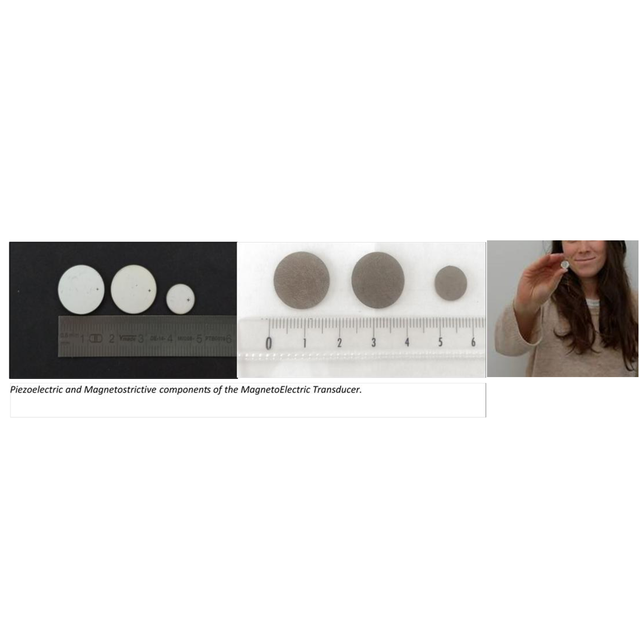
Study of a MagnetoElectric Transducer to Wireless Power Medical Implants
Centre de nanosciences et de naotechnologies, Amphithéâtre, PalaiseauPhD defense
Jury members :
Prof. Mickaël LALLART (INSA de Lyon), Reviewer
Dr. Hakeim TALLEB (Sorbonne Université), Reviewer
Prof. Adrien BADEL (Université Savoie Mont Blanc)
Prof. Ilangko BALASINGHAM, (Norwegian University of Science and Technology)
Dr. Vincent LOYAU (ENS Paris-Saclay)
Prof. Elie LEFEUVRE (Université Paris-Saclay), Thesis Director
Mr. Jean-Christophe LOURME, (CEO ValoTec), Thesis Co-Supervisor
Abstract :
Nowadays, active implantable medical devices have taken a fundamental role in the monitoring, diagnosis, and treatment of patients. Despite the progress, the most employed energy source remains the single-use battery, whose replacement requires costly and invasive surgical procedures. As part of this thesis, a new wireless energy-transmission technology has been studied to improve the energy autonomy and solve the problem of battery replacement. The originality of this work consists in using a magnetoelectric composite placed in the implant. An out-body coil is used to create a low-frequency magnetic field, which penetrates in the body interacting very little with tissues. Under the effect of this magnetic field, the magnetoelectric composite is excited at resonance, and converts efficiently the received magnetic energy into electrical energy. This promising solution could contribute to the development of future generations of very long-lasting implants with extensive miniaturization.
Lien public: https://zoom.us/j/96887704627?pwd=UVdxbTdPVDN2Vmd3YnBsRHpJSDlDQT09
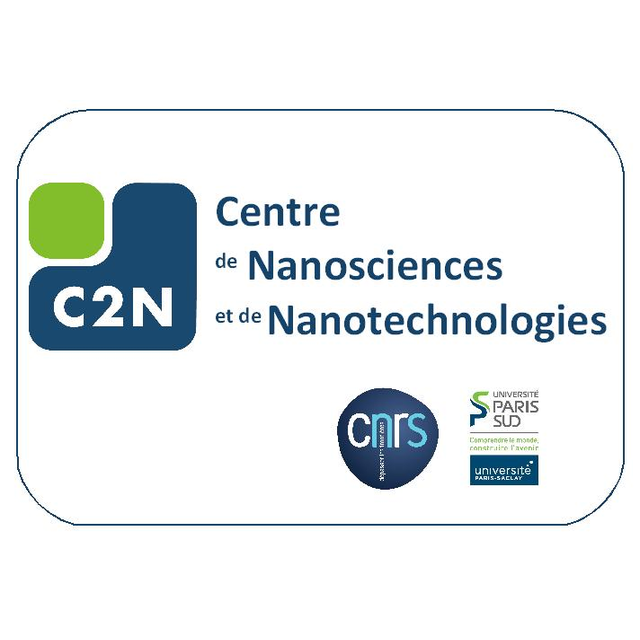
Coulomb Interaction and electronic quantum coherence in solid-state interferometers
Centre de nanosciences et de nanotechnologies, Amphithéâtre, PalaiseauPhD defense
Jury members:
Christopher Bäuerle – Directeur de recherche Institut Néel, CNRS Rapporteur
Xavier Waintal – Directeur de recherche Quantum Photonics Electronics and Engineering Laboratory, CEA Grenoble Rapporteur
Mitali Banerjee – Professeure assistante École Polytechnique Fédérale de Lausanne Examinatrice
Piet Brouwer – Professeur Université Libre de Berlin Examinateur
Patrice Roche – Directeur de Recherche Service de Physique de l’État Condensé, CEA Saclay Examinateur
Anne Anthore – Enseignante-chercheuse Centre de Nanosciences et Nanotechnologies, Université de Paris Co-directrice
Frédéric Pierre – Directeur de Recherche Centre de Nanosciences et Nanotechnologies, CNRS Co-directeur
Abstract:
Electronic transport in low temperature and low scale solid-state devices is governed by the laws of quantum mechanics, where the wavelike nature of electrons cannot be overlooked. The resulting effects are well explained when electronic transport is expressed in terms of elementary conductive channels, that are analogous to optical modes in a waveguide. Quantum Hall edge channels are a direct implementation of such electronic channels and consequently are a platform of choice to study electrical transport at the fundamental level. Notably, they can be used to implement electronic interferometers and in particular, the analogue of a Mach-Zehnder interferometer, which among other realizations, illustrates a promising route toward reproducing quantum optics experiments with electrons. A crucial difference with optics is that Coulomb interaction is ubiquitous in electronic circuits, which both limits the electron quantum coherence and gives rise to exotic correlated phenomena.
In this thesis, quantum Hall edge channels were arranged in a Mach-Zehnder geometry in order to study the effect of Coulomb interaction on the electronic quantum coherence. The obtained results are two-fold. First, a strategy based on the suppression of the Coulomb mediated coupling between co-propagating edge channels to highly increase the coherence length was demonstrated. This resulted in an observed coherence length enhanced by over one order of magnitude, reaching a macroscopic length of 0.25mm, a distance visible to the naked eye, at low temperature (10mK). In a second experiment, a small metallic island was introduced on one of the two paths of an electronic Mach-Zehnder interferometer. An electron remains within such an island much longer than its quantum lifetime, which normally prohibits any quantum coherent propagation of electrons across it. However, when a single channel is connected to this island, and if the latter’s capacitance is small enough to freeze any fluctuation of its global charge, a perfect transmission of the electron quantum state across the island is predicted. This striking prediction was experimentally demonstrated in this thesis. While the first result illustrates how Coulomb interaction can be detrimental to quantum coherence, the second one, on the contrary, shows that it can be harnessed to preserve quantum coherence.
Lien visio: https://u-paris.zoom.us/j/89833292091?pwd=cFZPTVVhNXhLQmRJM1FXeVNha3duZz09
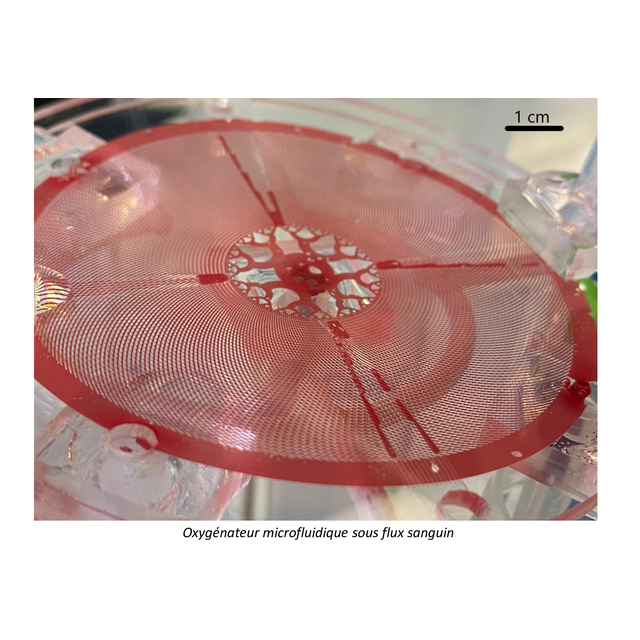
(in french)
Centre de nanosciences et de nanotechnologies, Amphithéâtre, PalaiseauPhD defense
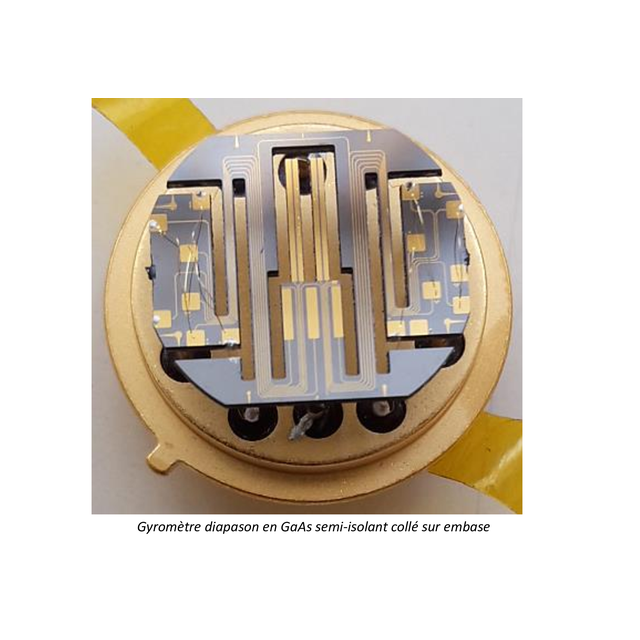
(in french)
Centre de nanosciences et de nanotechnologies, Amphithéâtre, PalaiseauPhD defense
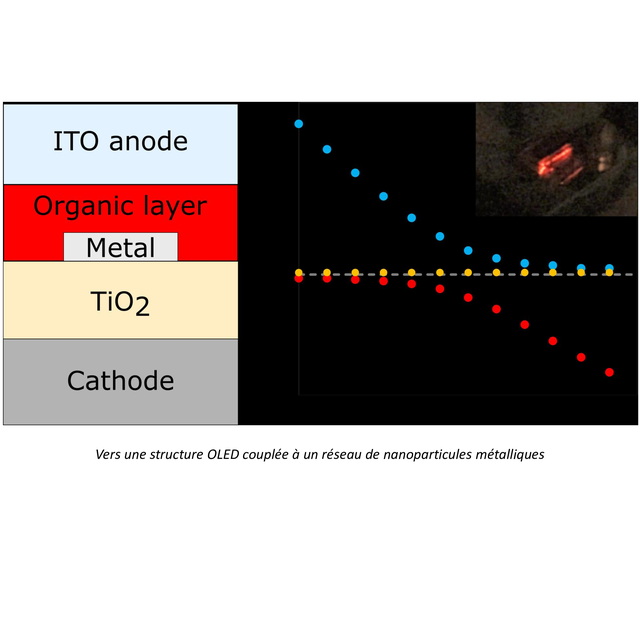
(in french)
Centre de nanosciences et de nanotechnologies, Amphithéâtre, PalaiseauPhD defense
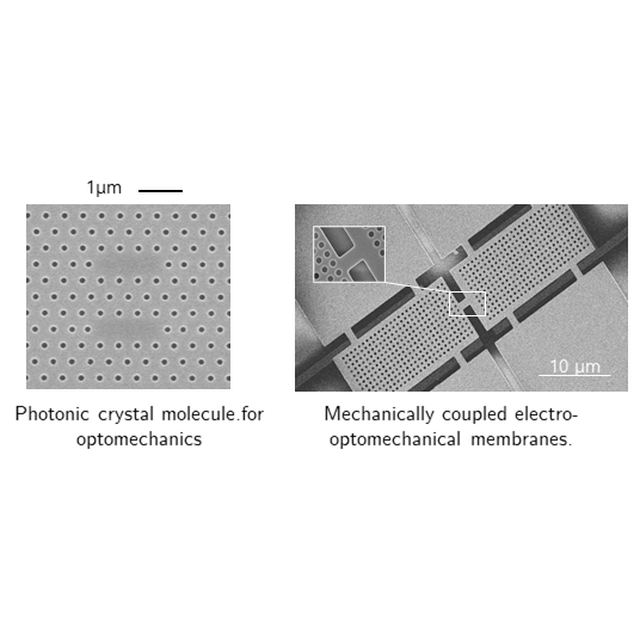
Coherent modulation in coupled electro-optomechanical photonic crystal resonators: Floquet dynamics and chaos
Centre de nanosciences et de nanotechnologies, Amphithéâtre, PalaiseauPhD defense
Jury members :
Kien Phan Huy, FEMTO-ST Besançon (rapporteur)
Sébastien Hentz, CEA-LETI Grenoble (rapporteur)
Emmanuelle Deleporte, ENS Paris Saclay (examinatrice)
Lukas Novotny, ETH Zurich (examinateur)
Ariel Levenson (directeur de thèse)
Rémy Braive (invité)
Abstract :
Nanomechanical systems are useful to inspect some fundamental aspects of physics such as the relations between the elastic, thermal and electromagnetic properties of solid-state objects. When interacting with an optical cavity or coupled to an electrostatic actuator, these systems can be studied in the wide topic of electro-optomechanics. This work takes advantage of photonic crystal versatility to investigate the nonlinear optical and mechanical dynamics of such electro- or optomechanical systems under coherent modulation.
The first experiments use a nanophotonic platform combining a suspended InP membrane and an underneath integrated silicon waveguide. The membrane is etched with a 2D photonic molecule whose electromagnetic eigenmodes can be driven with a laser thus enabling a sensitive access to the mechanical noise spectrum of the membrane. Using a coherent modulation of the input laser field, we show that the input modulation sidebands are transferred to the mechanical frequency domain via the optomechanical interactions. The presence of thermo-optic nonlinearities further leads to a desymmetrization of these spectral patterns, thus suggesting the use of modulation to parametrically amplify and even synchronize several mechanical modes.
In a second part, we study two mechanically coupled electro-optomechanical nanocavities. The bistable mechanical responses evidence the strong intrinsic Duffing nonlinearities of the material. In this context, the use of coherent modulation of the input force reveals interesting period-doubling cascade route to chaos dynamics. The simultaneous excitation of both normal modes in their nonlinear regime allows them to couple such that the normal mode responses, although chaotic, can synchronize. As chaotic systems can be used to generate random numbers, this bichromatic synchronized chaotic dynamics could be exploited in novel multispectral data encryption protocols.
Lien public: https://u-paris.zoom.us/j/89075316010?pwd=Uk4rQkdtVVAwV08rUTNBYmY5cW02UT09
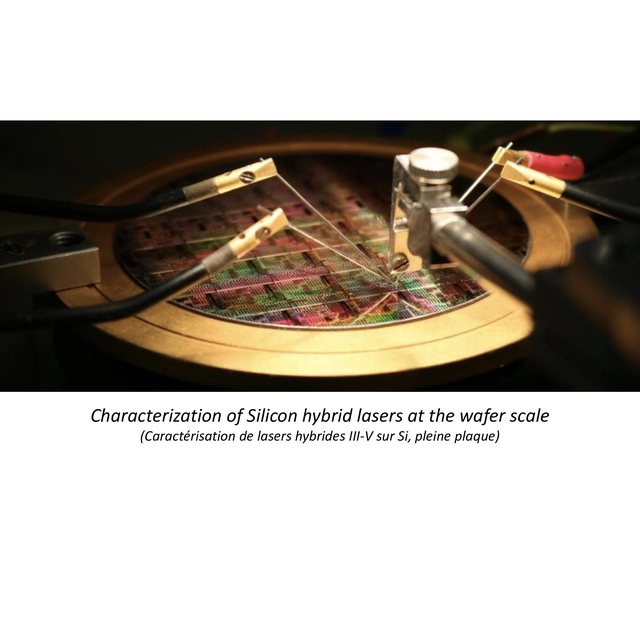
(in french)
Centre de nanosciences et de nanotechnologies, Amphithéâtre, PalaiseauPhD defense
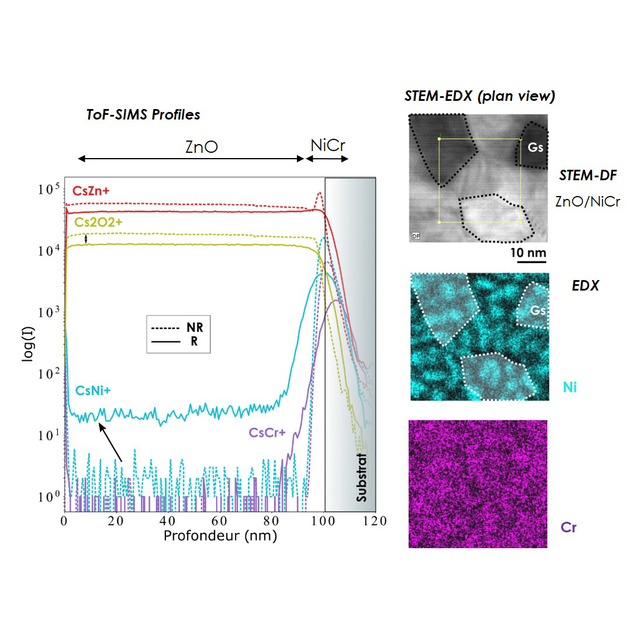
(in french)
, ,PhD defense
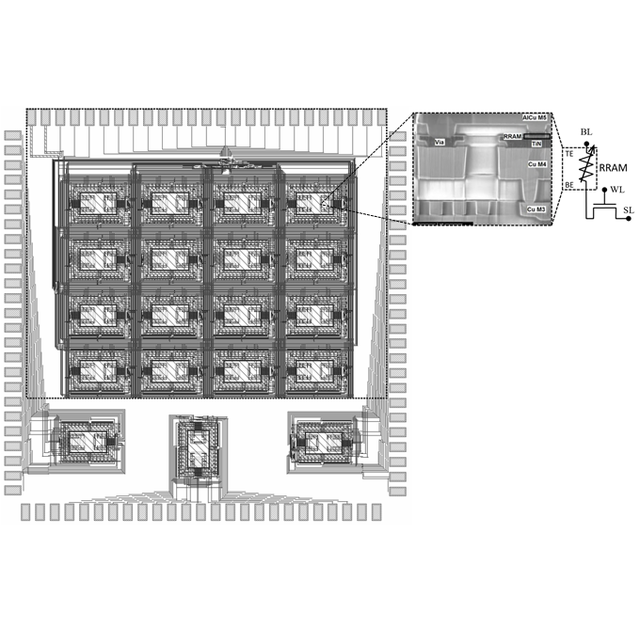
(in french) Digital Implementation of Neuromorphic systems using Emerging Memory devices
Centre de nanosciences et de nanotechnologies, Amphithéâtre, PalaiseauPhD defense
Rapporteur Pr. Ian O’CONNOR École Centrale de Lyon, Université de Lyon
Rapporteur Pr. Benoît MIRAMOND LEAT Université Côte d’Azur
Examinateur Pr. Olivier SENTIEYS ENSSAT, Université de Rennes 1
Examinateur Dr. François ANDRIEU CEA-Leti
Examinateur Pr. Delphine MARRIS-MORINI C2N, CNRS, Université Paris-Saclay
Examinateur Pr. Jean-Michel PORTAL IM2NP, CNRS, Aix-Marseille Université
Invité Pr. Marc BOCQUET IM2NP, CNRS, Aix-Marseille Université
Directeur de thèse Dr. Damien QUERLIOZ C2N, CNRS, Université Paris-Saclay
While electronics has prospered inexorably for several decades, its leading source of progress will stop in the next coming years, due to the fundamental technological limits of transistors. Nevertheless, microelectronics is currently offering a major breakthrough: in recent years, memory technologies have undergone incredible progress, opening the way for multiple research venues in embedded systems. Additionally, a major feature for future years will be the ability to integrate different technologies on the same chip. For this reason, in this thesis, we explore the use of new emerging memory devices that can be embedded in the core of the CMOS, such as Resistive Random Access Memory (RRAM) or Spin Torque Magnetic Tunnel Junction (ST-MRAM) based on naturally intelligent in-memory-computing architecture. Three brain-inspired algorithms are carefully examined: Bayesian reasoning, binarized neural networks, and an approach that further exploits the in-trinsic behavior of components, population coding of neurons. Each of these approaches explores different aspects of in-memory computing.
Keywords : artificial intelligence, neuro-inspired electronics, neuromorphic systems, artificial synapses, emerging memories, nanodevices, magnetic tunnel junctions
Link : https://eu.bbcollab.com/guest/81c72ffb7d1143f19462ab419b66be7d
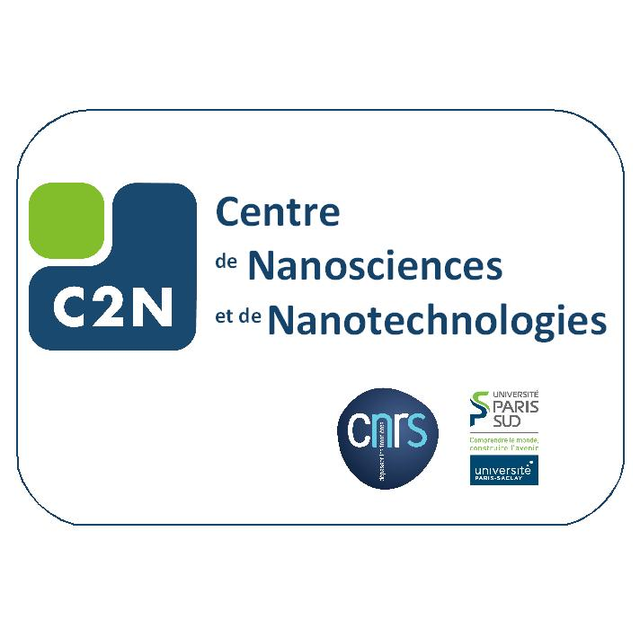
III-nitrides on silicon: a platform for integrated photonics from the ultraviolet to the near-infrared
Centre de nanosciences et de nanotechnologies, Amphithéatre, PalaiseauPhD defense
Nicolas GRANDJEAN, Pr, EPFL, Rapporteur & Examinateur
Alfredo DE ROSSI, HdR, Ingénieur TRT, Rapporteur & Examinateur
Maria TCHERNYCHEVA, DR, CNRS, C2N, Examinatrice
Michael KNEISSL, Pr, TU Berlin, Examinateur
Yannick DUMEIGE, MC, HdR, Institut Foton, Examinateur
Philippe BOUCAUD, DR, CNRS, CRHEA, Directeur de thèse
Bruno GAYRAL, Ingénieur HdR, CEA, IRIG, Co-Encadrant
III-nitride semiconductors (AlN, GaN, InN and their alloys) have become an integral part of our daily lives as they are used in white, blue, green, and ultraviolet light emitting diodes, as well as laser diodes, and power and high frequency electronics. This material is highly versatile due to its tuneable large direct band gap from the ultraviolet to the visible. III-nitrides give access to a very wide range of electronic, optoelectronic, and photonic applications. In photonics, a promising field relies on the III-nitride on silicon platform for next generation photonic integrated circuits due to its large transparency window from the ultraviolet to the near-infrared and the possibility of monolithic integration of active emitters such as quantum wells or quantum dots.
In this thesis, we study microdisk resonators and lasers and their integration into active photonic circuits in the ultraviolet and visible spectral range. We demonstrate low threshold pulsed optically pumped lasing in microdisks, the first active microlaser photonic circuits in the blue and ultraviolet spectral ranges, as well as critical coupling in the blue spectral range. We also propose a scheme for electrical injection in microrings that is compatible with photonic circuits. Finally, we give an outlook of on-going work with photonic circuits in the near-infrared as well as ways to improve electrical injection in the blue spectral range.
Lien public : https://eu.bbcollab.com/guest/43da1ff0ea164d58b4ff84fbbc8a79d4
Le nombre de personnes pouvant accéder à l’amphithéâtre étant limité, veuillez contacter Farsane Tabataba-Vakili à l'adresse suivante: farsane.tabataba-vakili@u-psud.fr, si vous souhaitez assister à la thèse en présentiel.